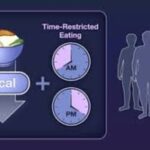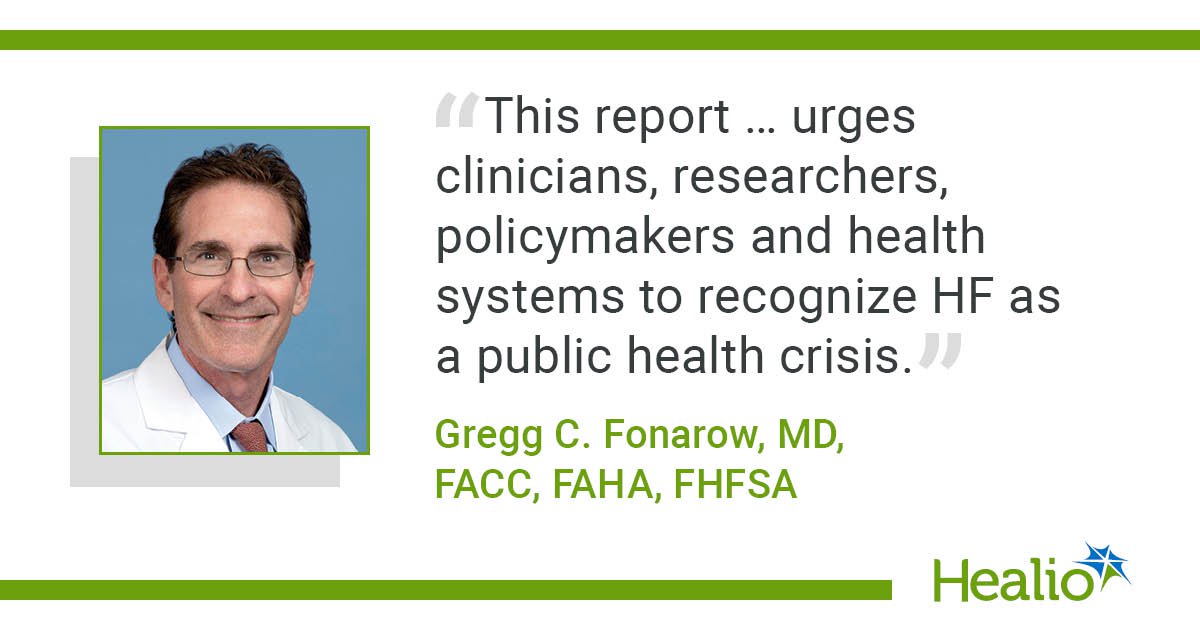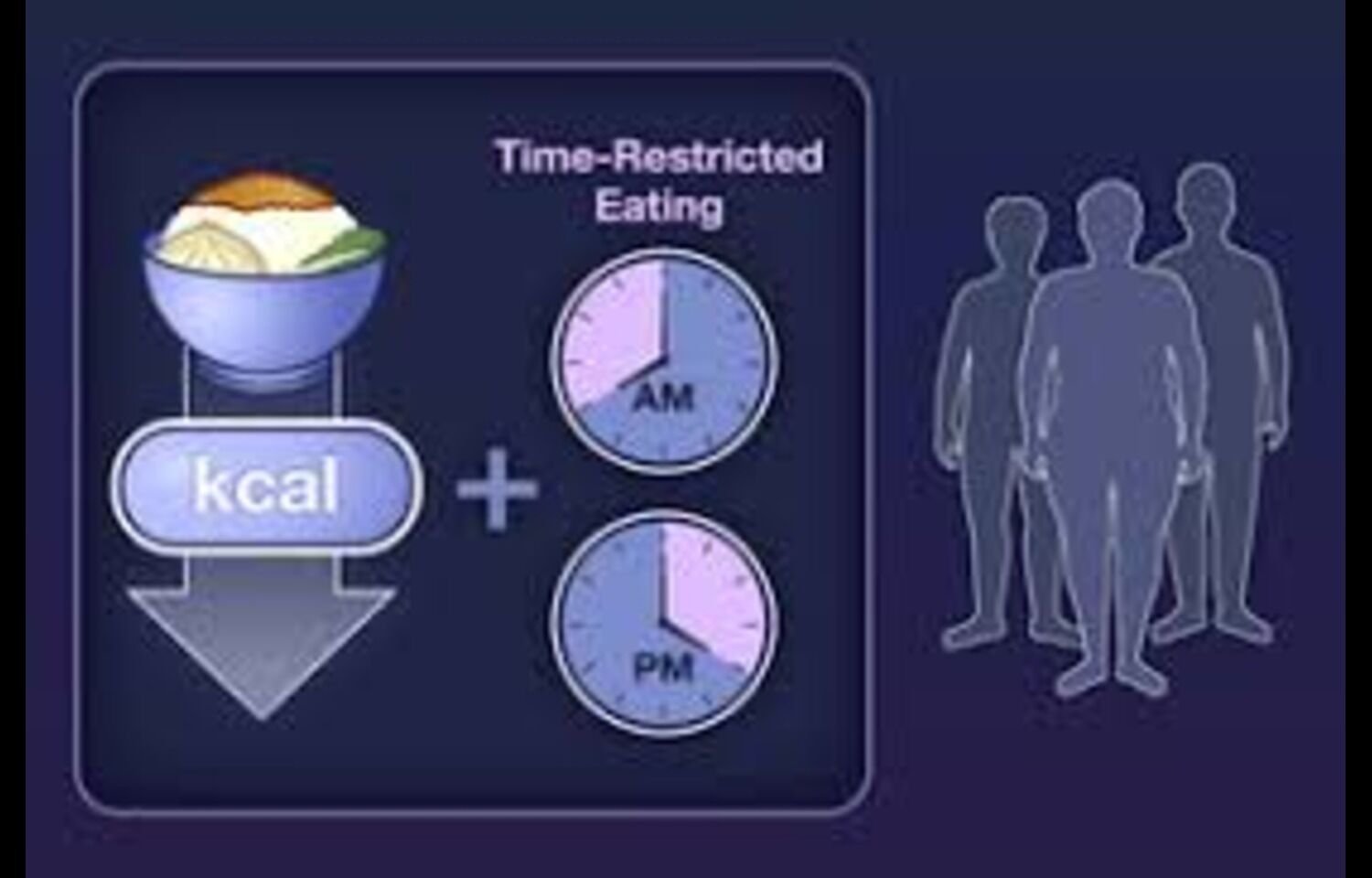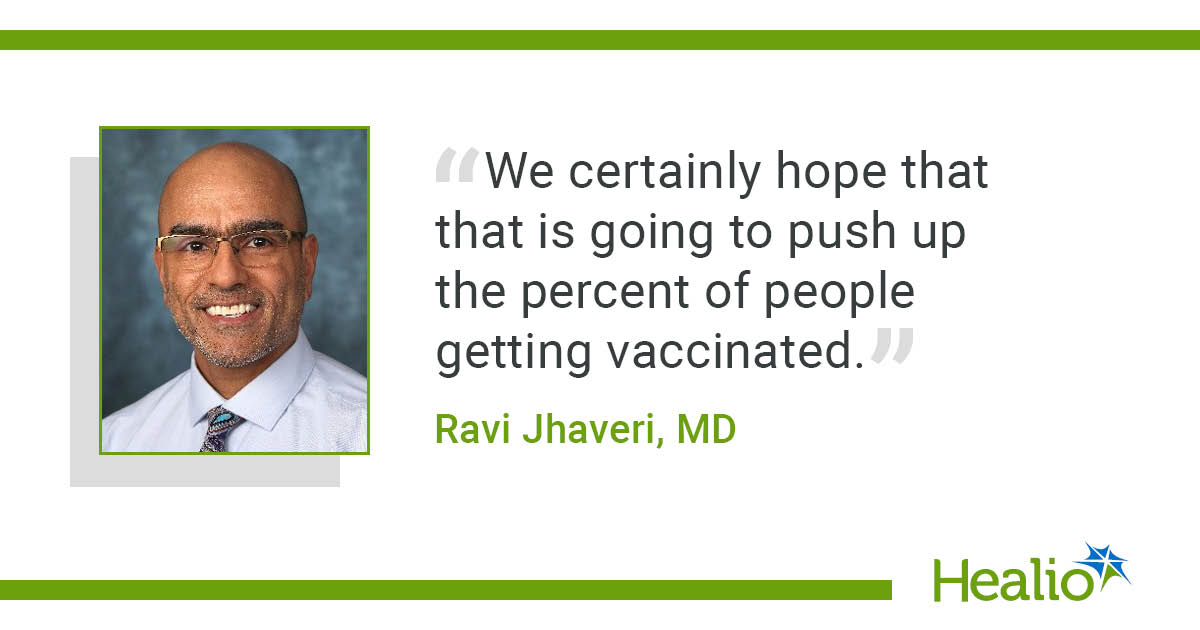October 07, 2025
3 min read
Key takeaways:
- About 6.7 million Americans have heart failure and it accounts for 45% of heart-related deaths.
- One in four Americans will have HF in their lifetime if action is not taken to reverse the trends.
Heart failure now accounts for 45% of cardiovascular deaths and approximately one-quarter of Americans will have it in their lifetime, according to a statistics update from the Heart Failure Society of America.
Approximately 6.7 million Americans older than 20 years have HF and the figure is projected to grow to 8.7 million in 2030 and 11.4 million by 2050, according to the report, which was published in the Journal of Cardiac Failure.

‘The escalating burden of heart failure’
“The HFSA Stats 2025 report was created to spotlight the escalating burden of heart failure, highlight disparities and catalyze action across prevention, treatment and policy,” Gregg C. Fonarow, MD, FACC, FAHA, FHFSA, interim chair of the UCLA division of cardiology, director of the Ahmanson-UCLA Cardiomyopathy Center, co-director of the UCLA Preventive Cardiology Program and the Eliot Corday Chair in Cardiovascular Medicine and Science, and chair of the writing committee, told Healio. “Key data on heart failure presented include rising lifetime risk, widening mortality gaps and underuse of foundational therapies — each with urgent implications for clinical practice and public health. This report builds on prior HFSA statistics publications and integrates new sections on cardiac amyloidosis, hypertrophic cardiomyopathy, genetic testing and economic modeling.”
In 2022, HF contributed to 425,147 deaths, or 45% of all CV deaths in the U.S., and the age-adjusted HF mortality rate has risen since 1999, according to the report.
“The top stats clinicians should now include that lifetime risk of HF has risen to 24% — one in four Americans will develop HF; 6.7 million U.S. adults currently live with HF, projected to reach 11.4 million by 2050; HF contributed to 425,147 deaths in 2022, accounting for 45% of cardiovascular deaths; less than 25% of eligible patients receive all four foundational guideline-directed medical therapies (GDMT) — closing this gap could save over 1 million lives annually worldwide; Black, American Indian, and Alaska Native individuals have the highest age-adjusted HF mortality rates, especially under age 65; and one-third of U.S. adults are at risk for HF (stage A), and up to 34% have pre-HF (stage B),” Fonarow told Healio.
Risk for developing HF is elevated in patients with diabetes, hypertension and/or chronic kidney disease, and compared with 1999 to 2002 data, by 2015 to 2020, the proportion of Americans with at least three CV-kidney-metabolic conditions more than doubled, according to the report.
In addition, by one estimate, HF accounted for $32 billion in direct costs and $14 billion in indirect costs in the U.S. in 2020, and by another, the direct-cost figure in 2020 was $227 billion, which is projected to reach $858 billion by 2050.
“The sharp rise in HF mortality since 2012, with acceleration during 2020-2021, was striking,” Fonarow told Healio. “The lifetime risk of HF increasing to 24% reflects a broader population-level vulnerability than previously appreciated. The low uptake of GDMT, despite robust evidence and availability, underscores systemic barriers in care delivery. The economic burden is projected to reach $858 billion by 2050 if prevention and treatment do not improve.”
‘A roadmap for better prevention and treatment’
The report offers suggestions on how to slow down or reverse the trends.
“The report offers a roadmap for better prevention and treatment of heart failure: Identify and treat stage A and B HF early, especially in patients with obesity, hypertension, diabetes and CKD; prioritize equitable access to GDMT for heart failure with reduced ejection fraction, including SGLT2 inhibitors, [angiotensin receptor-neprilysin inhibitors], beta-blockers and [mineralocorticoid receptor antagonists]; use risk stratification tools and registries to target high-risk populations and monitor outcomes; and advocate for system-level changes, including payment reform, care coordination and community engagement, to close gaps in care,” Fonarow told Healio.
“This report is more than a data summary — it’s a call to action,” he said. “It urges clinicians, researchers, policymakers and health systems to recognize HF as a public health crisis, address disparities with urgency and precision, implement proven therapies at scale and invest in prevention and early intervention.”
For more information:
Gregg C. Fonarow, MD, FACC, FAHA, FHFSA, can be reached at gfonarow@mednet.ucla.edu or on X @gcfmd.










